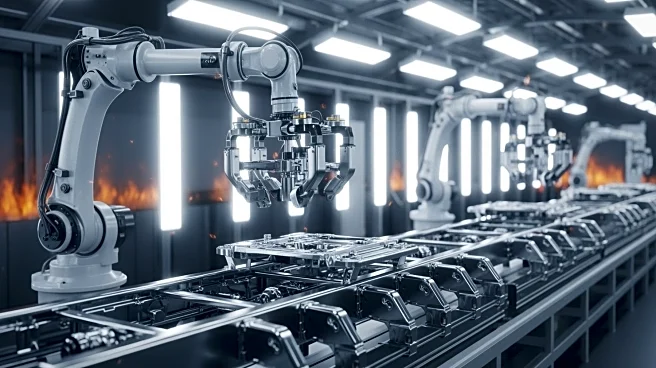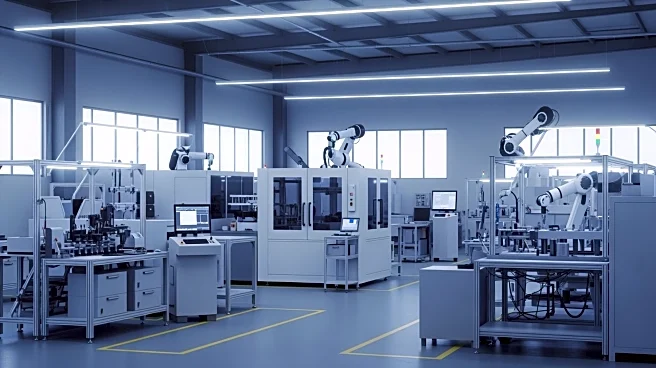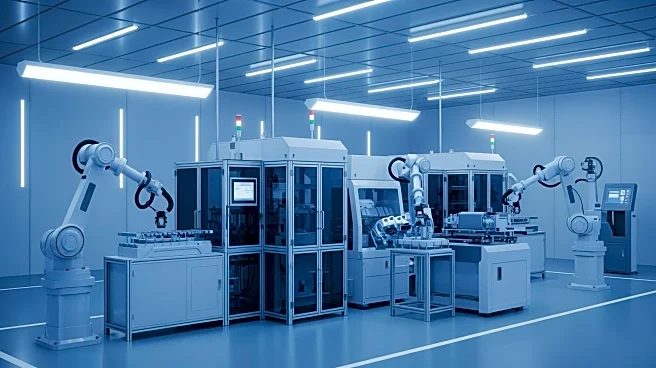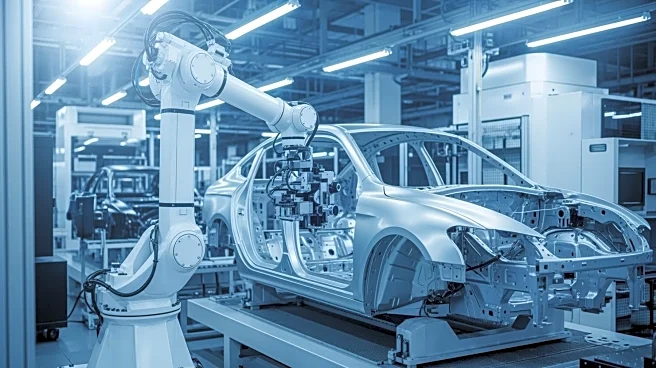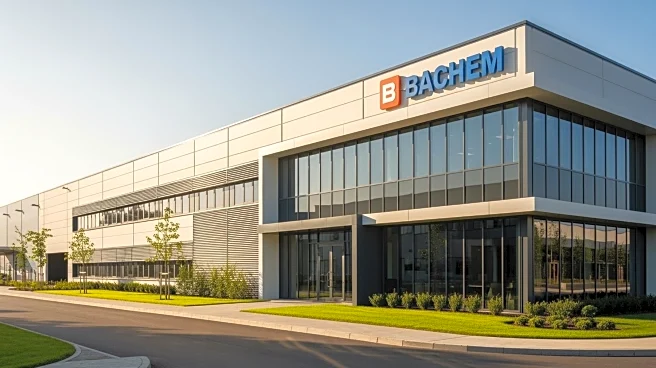What's Happening?
Whirlpool Corporation has announced a significant investment of $300 million in its U.S. laundry manufacturing facilities located in Ohio. This move is part of a broader strategy to expand its American
manufacturing footprint. The investment is expected to create between 400 to 600 new jobs, bolstering local employment and enhancing the company's production capabilities. This development is one of several strategic commitments by Whirlpool to strengthen its presence in the U.S. manufacturing sector. The investment underscores Whirlpool's dedication to supporting domestic manufacturing and contributing to the local economy.
Why It's Important?
The investment by Whirlpool Corporation is crucial for the U.S. manufacturing industry, particularly in Ohio, where it will create hundreds of new jobs. This expansion not only supports local employment but also enhances the manufacturing capabilities of Whirlpool, allowing it to better meet consumer demand. The move reflects a growing trend among major corporations to invest in domestic manufacturing, which can lead to increased economic stability and growth. By expanding its facilities, Whirlpool is positioning itself to remain competitive in the global market while supporting the U.S. economy.
What's Next?
Following the announcement, Whirlpool is expected to begin the expansion of its facilities, with job creation likely to follow as the project progresses. The company may also explore further investments in other regions to continue its growth strategy. Stakeholders, including local government and community leaders, are likely to support this development due to its positive impact on employment and economic growth. Additionally, other companies may be encouraged to make similar investments in U.S. manufacturing, contributing to a broader industry trend.
Beyond the Headlines
This investment by Whirlpool could have long-term implications for the U.S. manufacturing sector, potentially leading to increased innovation and technological advancements. As companies invest in domestic facilities, there may be a shift towards more sustainable and efficient manufacturing practices. Furthermore, the creation of new jobs can lead to improved community welfare and economic resilience, particularly in regions heavily reliant on manufacturing.



